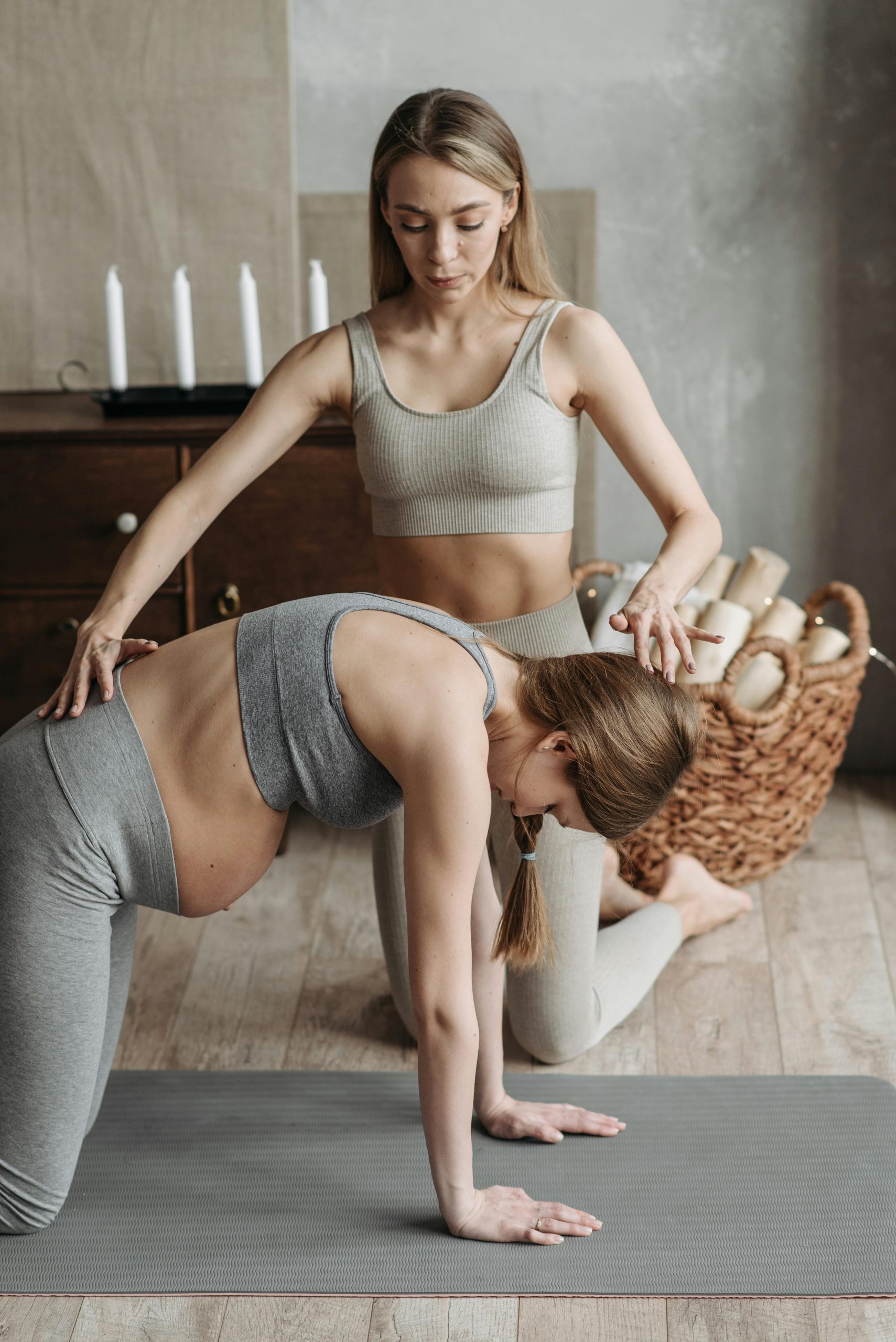Starting a yoga practice can be both exciting and a little intimidating, especially if you’re new to the poses and techniques. One of the best ways to ease into yoga is by using props—tools designed to support your body, improve alignment, and deepen your practice. Whether you’re looking to enhance flexibility, build strength, or simply make poses more accessible, the right yoga props can make all the difference. In this guide, we’ll explore the best yoga props for beginners and how to use them effectively to get the most out of your practice.
Why Yoga Props Are Essential for Beginners
Many beginners assume that yoga props are only for advanced practitioners or those with injuries, but this couldn’t be further from the truth. Props help bridge the gap between your current abilities and the full expression of a pose, making yoga more inclusive and enjoyable. Here’s why they’re so valuable:
- Improve Alignment: Props help you maintain proper form, reducing the risk of injury.
- Increase Comfort: They provide support in challenging poses, allowing you to relax and breathe deeply.
- Build Confidence: Props make advanced poses more accessible, helping you progress safely.
- Enhance Flexibility: They allow you to ease into stretches gradually, improving mobility over time.
Now, let’s dive into the top yoga props every beginner should consider.
Top Yoga Props for Beginners
1. Yoga Mat
A high-quality yoga mat is the foundation of your practice. It provides cushioning for your joints and grip to prevent slipping. Look for a mat that’s thick enough for comfort (around 5mm) but not so thick that it affects balance. Non-slip materials like PVC or natural rubber are excellent choices.
How to Use It: Place your mat on a flat, clean surface. Use it for all poses, ensuring your hands and feet stay grounded. For extra comfort in kneeling poses, fold the mat or use an additional blanket.
2. Yoga Blocks
Yoga blocks are versatile props that help bring the floor closer to you, making poses more accessible. They’re especially useful for standing poses, forward folds, and seated postures. Foam or cork blocks are lightweight and durable.
How to Use Them: In a forward fold, place blocks under your hands if you can’t reach the floor. In seated poses, sit on a block to elevate your hips and improve spine alignment. For balance poses, use blocks to steady yourself.
3. Yoga Strap
A yoga strap is perfect for improving flexibility and extending your reach. It’s particularly helpful for tight hamstrings or shoulders. Look for a strap with a buckle or D-ring for adjustability.
How to Use It: Loop the strap around your feet in seated forward folds to gently pull yourself deeper into the stretch. In reclining leg stretches, use the strap to hold your leg upright if you can’t reach your toes.
4. Bolster
Bolsters are large, cushioned props that provide support in restorative poses. They’re ideal for relaxation, meditation, and gentle stretching. A rectangular or cylindrical bolster works well for most poses.
How to Use It: Place a bolster under your knees in Savasana (Corpse Pose) to relieve lower back tension. In seated poses, rest it on your lap to support forward folds. For deep relaxation, lie back over the bolster in a supported Fish Pose.
5. Yoga Blanket
A yoga blanket is a multi-functional prop that adds cushioning, warmth, and support. It can be folded or rolled to suit different needs. Wool or cotton blankets are popular choices.
How to Use It: Fold the blanket and sit on it to elevate your hips in cross-legged poses. Roll it up and place it under your neck or knees for extra comfort. Use it as a cover during final relaxation to stay warm.
How to Incorporate Props into Your Yoga Routine
Now that you know which props to use, here’s how to integrate them into your practice effectively:
- Start Slow: Begin with one or two props, like a mat and block, and gradually add others as needed.
- Listen to Your Body: Props should ease discomfort, not cause pain. Adjust their placement if something feels off.
- Experiment: Try different ways of using props to find what works best for your body.
- Use Props Consistently: Even as you progress, props can help refine your alignment and deepen stretches.
Common Mistakes to Avoid When Using Yoga Props
While props are incredibly helpful, beginners sometimes misuse them. Here’s what to watch out for:
- Over-relying on Props: Use props as a tool for growth, not a crutch. Aim to gradually reduce reliance as your flexibility and strength improve.
- Using the Wrong Size: A block that’s too tall or a strap that’s too short can hinder your practice. Choose props that suit your body.
- Ignoring Alignment: Even with props, proper alignment is key. Ensure your body is positioned correctly to avoid strain.
Conclusion
Yoga props are a beginner’s best friend, offering support, stability, and confidence as you explore your practice. From mats and blocks to straps and bolsters, each prop serves a unique purpose in enhancing your yoga journey. By using them mindfully, you’ll build a strong foundation, prevent injuries, and enjoy a more fulfilling practice. Remember, yoga isn’t about perfection—it’s about progress. So grab your props, step onto your mat, and embrace the journey with patience and curiosity.
